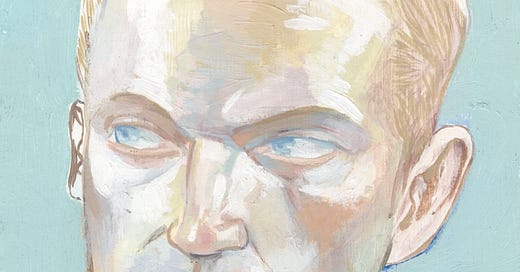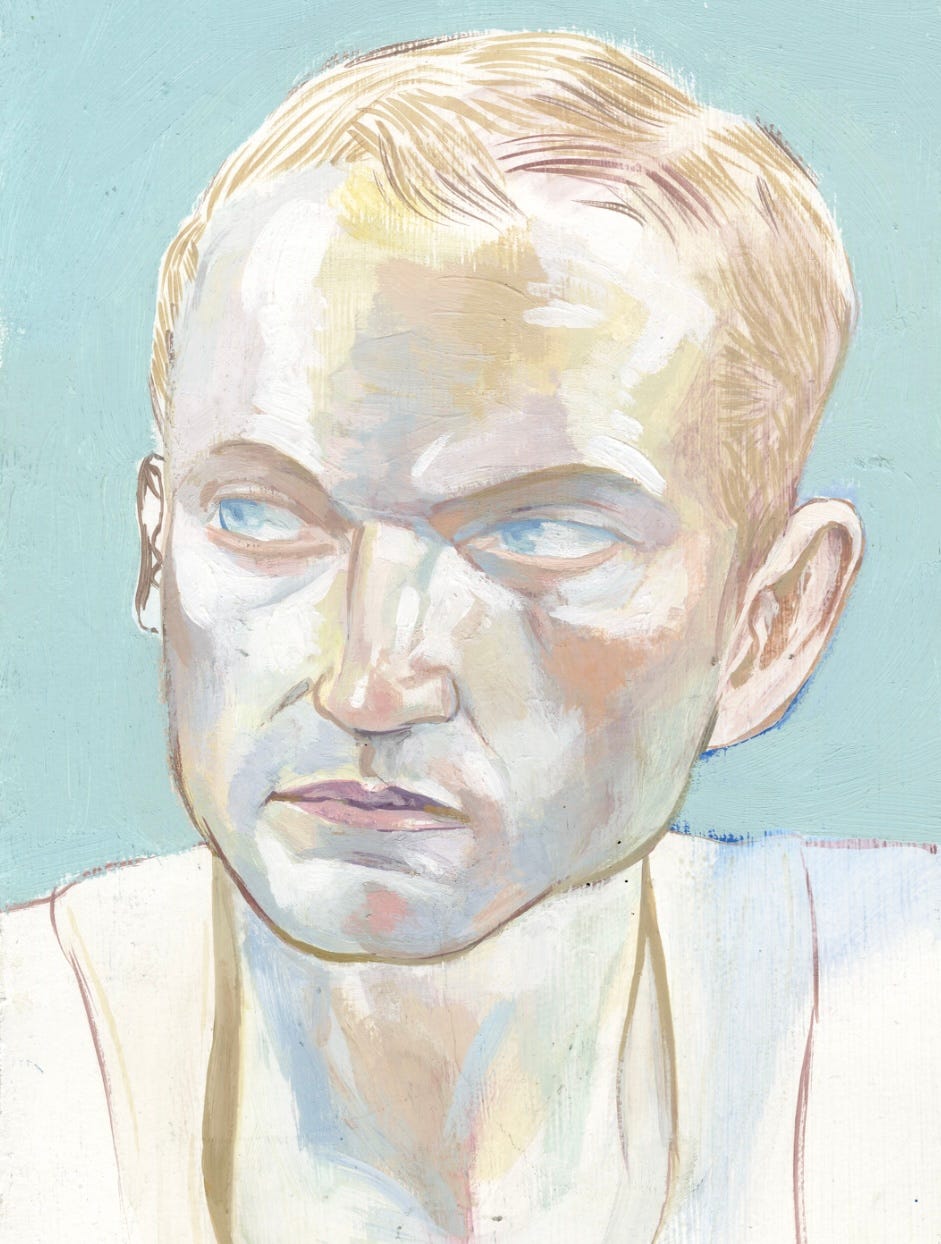Drawing is a direct engagement with subject matter and that is why placing the camera into the drawing studio was one of the things I never wanted to do and something the pandemic confirmed as no substitute for being present. But bringing film theory and the incredible depth of learning from cinema into the studio is an excellent way to explore how meaning can happen in drawing. There is a great series of master classes on film study called, Directing Motion by Vincent Laforet. The series looks at methods for expressing content and building meaning with examples from great directors and cinematographers.
The most important lesson is understanding how we experience and engage with the medium we are working with. In teaching drawing that emphasizes 3D space there is incredible crossover with how film scenes are framed, designed, and express content through depth. In Michael Mann’s film Heat, the camera is behind the actors seated at a counter in a diner, Robert DeNiro and Amy Brenneman. Both actors are seen from behind, but as DeNiro starts a conversation with Brenneman the camera moves and is now infront of them as they talk, the director bends the 180 degree rule of camera position for 2 people in a conversation. The strangers are no longer strangers and the camera movement is a great example of the medium as message. I polled my classes to see how many had ever heard of the ‘medium is the message’—-2 or 3 nods, but no one could identify the author, Marshall McLuhan.
It has been an interesting collision these past 2 weeks with drawing, film, and McLuhan. An example in art where the approach to making the image is the content is cubism. I have always been interested in how cubism has a ‘filmic’ quality—-showing sequence and the complete picture within the frame. Here is McLuhan on the same subject, “cubism sets up an interplay of planes and contradiction or dramatic conflict of patterns, lights, textures that "drives home the message" by involvement. This is held by many to be an exercise in painting, not in illusion. In other words, cubism, by giving the inside and outside, the top, bottom, back, and front and the rest, in two dimensions, drops the illusion of perspective in favor of instant sensory awareness of the whole. Cubism, by seizing on instant total awareness, suddenly announced that the medium is the message.”
In drawing, by exploring the meaning inherent in the medium it is like rising above a narrow path and seeing your way forward, unfortunately for many students they can’t let go of that ground beneath their feet. There is a safety and certainty in the embrace of the path right in front of them. Most times, it isn’t a push but rather a pull from another art form like film that can help us find the connection to media that will lead to new ideas.








Great post. McLuhan has been oddly and unfairly forgotten. He predicated the internet and the disastrous impact it would have on our souls with precision. A world where we "Wear our nervous systems on the outside of our bodies."